Politics
India’s Modi faces tough Bihar state election
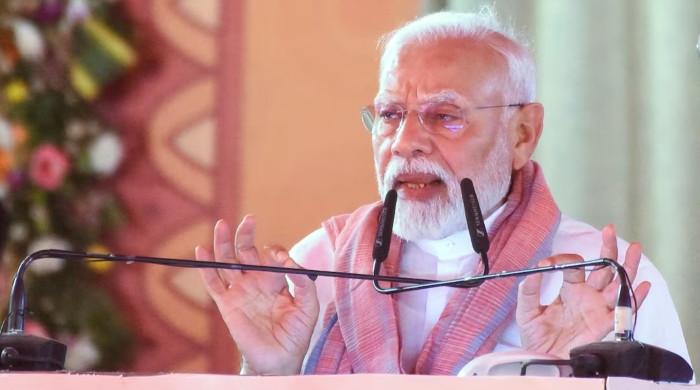
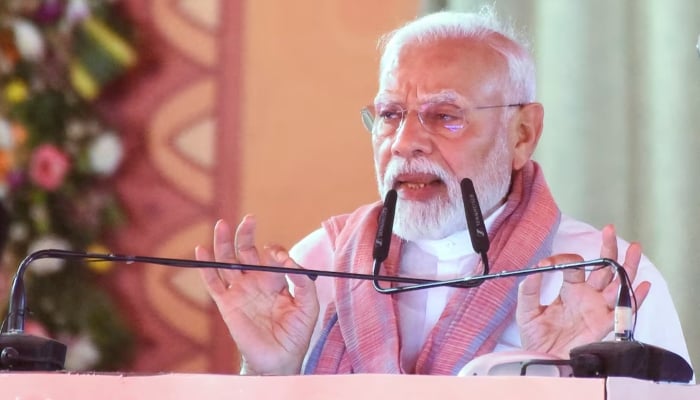
- Bihar election crucial for Modi’s coalition stability.
- Women voters pivotal due to male migration for jobs.
- Youth unemployment remains a key concern despite improvements.
PATNA: Indian Prime Minister Narendra Modi’s national alliance faces a tough regional election in the state of Bihar next month, due to youth unemployment and distrust over voter rolls, which could pose risks to his coalition that relies on regional partners.
Bihar, in eastern India, is one of the country’s poorest states and its third most populous, with over 130 million people. Its chief minister Nitish Kumar has previously sided with both Modi and the opposition, but is currently a key partner in Modi’s National Democratic Alliance.
The state is part of a politically crucial heartland region, and any cracks within the NDA in November’s assembly vote in Bihar could threaten Modi’s coalition, with elections to follow within months in the states of Assam, West Bengal, and Tamil Nadu. Modi’s national alliance, which has 293 out of 543 seats in the Parliament, has a strong voter base only in Assam.
Women are a key voting bloc in tight poll
The Vote Vibe agency said its opinion poll in Bihar showed the NDA had a marginal 1.6 percentage point lead over the opposition alliance, led by the Rashtriya Janata Dal and the Congress party as of October 8.
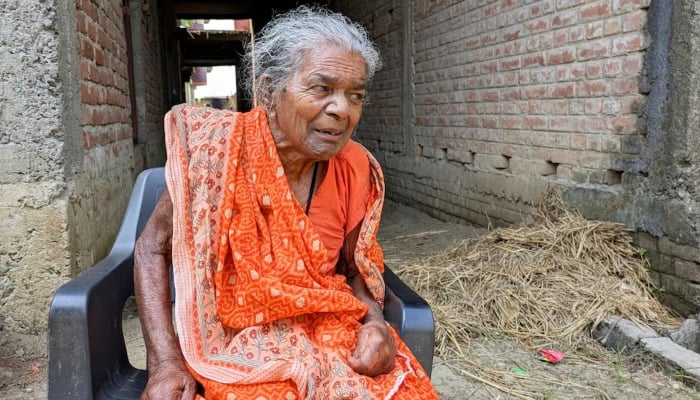
“This election could swing either way,” the agency said in its outlook, noting that the NDA’s slight edge was due to its recent programmes, such as money transfers to 12.1 million women under a self-employment subsidy that totalled more than 121 billion rupees ($1.37 billion).
Nivedita Jha, an activist based in Bihar’s state capital Patna, said women will form a strong voting bloc in the poll because men usually leave Bihar in search of jobs in economic hubs like Mumbai and New Delhi and not all return to vote.
“Women take the decisions because the men are not here,” she said. “They talk about the opposition which has promised more money if they come to power, and my understanding is that they trust the opposition more”.
Some Bihar voters are also angry about the revision of the state voter list. In one case, 85-year-old Jitni Devi said she was removed from the list and can no longer vote or access her pension.
“They have declared me dead,” she told Reuters. “People in my village tease me as a dead woman, and bank officials shoo me away when I go there to withdraw my money.”
The state election commission did not respond to queries about Devi’s case. The federal election body has previously said that all complaints are investigated thoroughly.
Young voters angry over unemployment
Anxiety among young voters in Bihar over employment is another election issue, despite a falling unemployment rate.
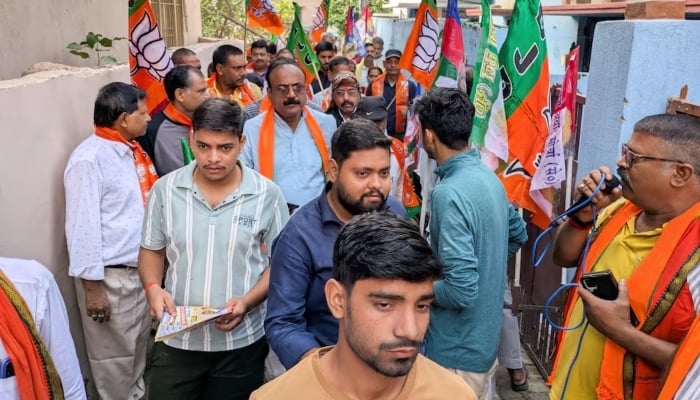
Government data showed that 9.9% of people aged 15–29 were unemployed in Bihar in the fiscal year 2023–24, a significant drop from 30.9% in 2018–19, but concerns persist.
“For me, I have seen my father going out of Bihar for work, so the issue of jobs matters the most,” said Babloo Kumar, 25, who plans to vote for the first time in November.
A new political party, Jan Suraaj — founded by Prashant Kishor, Modi’s former poll manager — said it aims to reset the political agenda in Bihar.
“Joblessness, migration, increasing debts, loss in agriculture revenue are the issues in Bihar,” said the party’s national president Uday Singh. “There is a big dip in Modi’s popularity here”.
The opposition has promised a law guaranteeing at least one government job per family, if desired.
Modi’s Bharatiya Janata Party, however, said it remains confident of victory.
“The NDA alliance is in a very solid position,” said Guru Prakash Paswan, a BJP spokesperson. “People have strong faith in Prime Minister Narendra Modi’s vision”.
Voting will be held on November 6 and 11 for 243 state assembly seats, and results will be declared on November 14.
Politics
Race to get aid to Asia flood survivors as toll nears 1,200
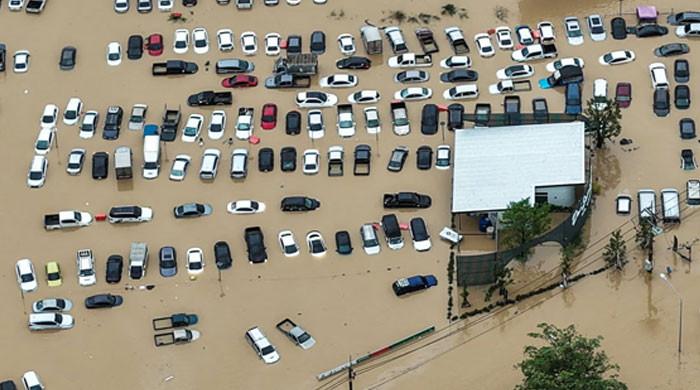
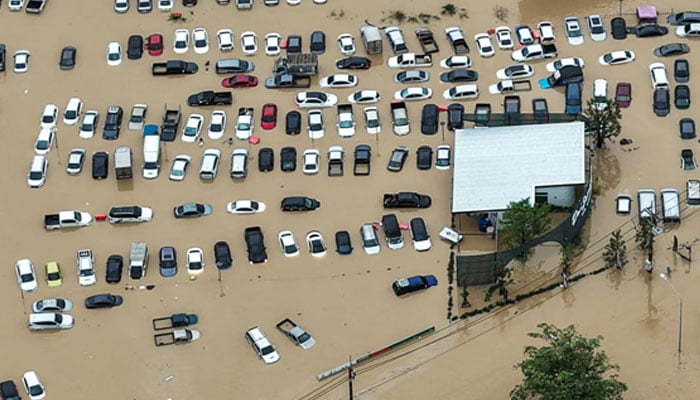
- Sri Lanka declares emergency and seeks global aid.
- Over 631 dead, 472 missing across Sumatra, Indonesia.
- Survivors describe sudden, tsunami-like flood waves.
Governments and aid groups in Indonesia and Sri Lanka worked to rush aid Tuesday to hundreds of thousands stranded by deadly flooding that has killed around 1,200 people in four countries.
Torrential monsoon season deluges paired with two separate tropical cyclones last week dumped heavy rain across all of Sri Lanka and parts of Indonesia’s Sumatra, southern Thailand, and northern Malaysia.
Climate change is producing more intense rain events because a warmer atmosphere holds more moisture, and warmer oceans can turbocharge storms.
The floodwaters have now largely receded, but the devastation means hundreds of thousands of people are now living in shelters and struggling to secure clean water and food.
In Indonesia’s Aceh, one of the worst-affected regions, residents told AFP that survivors who could afford to were stockpiling supplies.
“Road access is mostly cut off in flood-affected areas,” 29-year-old Erna Mardhiah said as she joined a long queue at a petrol station in Banda Aceh.
“People are worried about running out of fuel,” she added from the line she had been in for two hours.
The pressure has caused skyrocketing prices.
“Most things are already sky-high… chillies alone are up to 300,000 rupiah per kilo ($18), so that’s probably why people are panic-buying,” she said.
On Monday, Indonesia’s government said it was sending 34,000 tons of rice and 6.8 million litres of cooking oil to the three worst-affected provinces, Aceh, North Sumatra and West Sumatra.
“There can be no delays,” Agriculture Minister Andi Amran Sulaiman said.
Food shortage risk
Aid groups said they were working to ship supplies to affected areas, warning that local markets were running out of essential supplies and prices had tripled already.
“Communities across Aceh are at severe risk of food shortages and hunger if supply lines are not reestablished in the next seven days,” charity group Islamic Relief said.
A shipment of 12 tonnes of food from the group aboard an Indonesian navy vessel was due to arrive in Aceh on Tuesday.
At least 631 people were killed in the floods across Sumatra, and 472 are still listed as missing. A million people have evacuated from their homes, according to the disaster agency.
Survivors have described terrifying waves of water that arrived without warning.
In East Aceh, Zamzami said the floodwaters had been “unstoppable, like a tsunami wave.”
“We can’t explain how big the water seemed. It was truly extraordinary,” said the 33-year-old, who, like many Indonesians, goes by one name.
People in his village sheltered atop a local two-storey fish market to escape the deluge and were now trying to clean the mud and debris left behind while battling power and telecommunications outages.
“It’s difficult for us (to get) clean water,” he told AFP on Monday.
“There are children who are starting to get fevers, and there’s no medicine.”
The weather system that inundated Indonesia also brought heavy rain to southern Thailand, where at least 176 people were killed.
Across the border in Malaysia, two more people were killed.
Colombo floodwaters recede
A separate storm brought heavy rains across all of Sri Lanka, triggering flash floods and deadly landslides that killed at least 390 people.
Another 352 remain missing, and some of the worst-hit areas in the country’s centre are still difficult to reach.
President Anura Kumara Dissanayake has declared a state of emergency to deal with what he called the “most challenging natural disaster in our history”.
Unlike his Indonesian counterpart, he has called for international aid.
Sri Lanka’s air force, backed by counterparts from India and Pakistan, has been evacuating stranded residents and delivering food and other supplies.
In the mountainous Welimada region, security forces on Monday recovered the bodies of 11 residents buried by mudslides, a local official said.
In the capital Colombo meanwhile, floodwaters were slowly subsiding on Tuesday.
The speed with which waters rose around the city surprised local residents used to seasonal flooding.
“Every year we experience minor floods, but this is something else,” delivery driver Dinusha Sanjaya told AFP.
“It is not just the amount of water, but how quickly everything went under.”
Rains have eased across the country, but landslide alerts remain in force across most of the hardest-hit central region, officials said.
Politics
White House says Trump MRI was preventative, president in excellent health
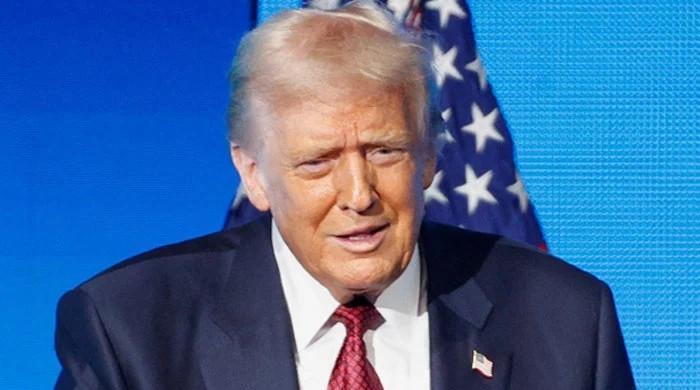
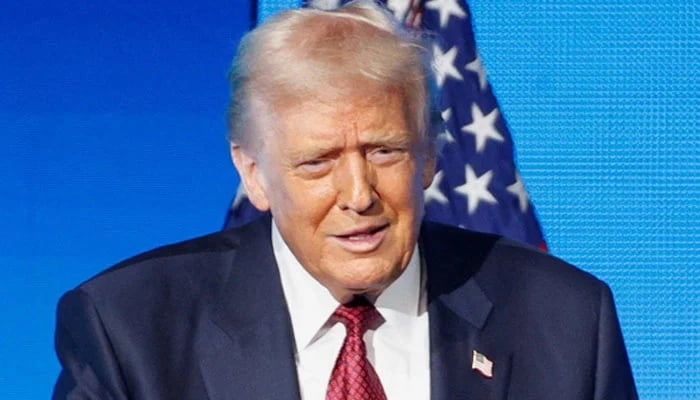
WASHINGTON: The White House has said that President Donald Trump is in good health, even as people continue to question how his age may affect his performance as the country’s most powerful man.
White House press secretary Karoline Leavitt said on Monday that a recent MRI conducted on President Trump was preventative in nature and revealed that he was in good cardiovascular health.
Speaking to reporters at a press briefing at the White House, Leavitt said men of Trump’s age benefited from such screenings.
‘President Trump’s cardiovascular imaging was perfectly normal, no evidence of arterial narrowing, impairing blood flow or abnormalities in the heart or major vessels,’ Leavitt said of the 79-year-old president.
‘The heart chambers are normal in size. The vessel walls appear smooth and healthy, and there are no signs of inflammation or clotting. Overall, his cardiovascular system shows excellent health. His abdominal imaging is also perfectly normal,’ Leavitt said.
Trump underwent a magnetic resonance imaging scan during a recent medical evaluation, but did not disclose the purpose of the procedure, which is not typical for standard check-ups. The lack of details raised questions about whether full information regarding the president’s health is being released in a timely fashion by the White House.
Trump is sensitive about his age and well-being. He personally attacked a female New York Times reporter on social media last week over a story she co-wrote examining the ways that Trump’s age may be affecting his energy levels.
Politics
Tajikistan says five Chinese nationals killed in cross-border attacks from Afghanistan in past week
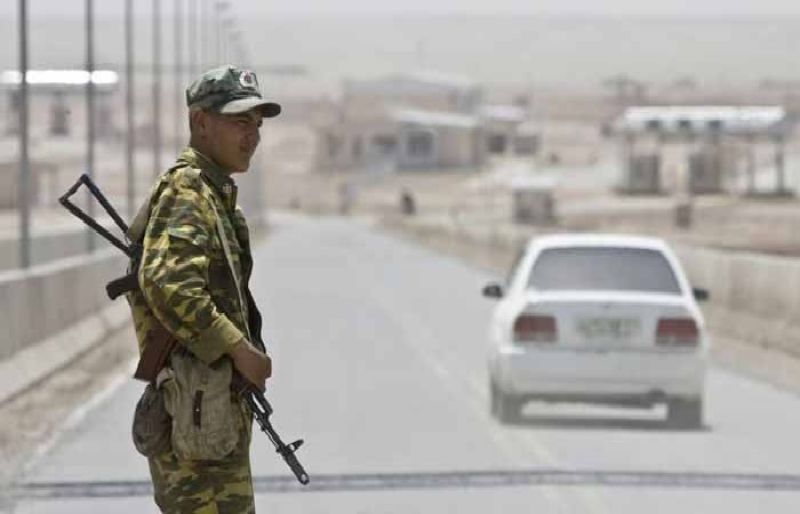

Five Chinese nationals have been killed and five more injured in Tajikistan in attacks launched from neighbouring Afghanistan over the past week, Tajik authorities and China’s embassy in the Central Asian country said on Monday.
China’s embassy in Dushanbe, the capital, advised Chinese companies and personnel to urgently evacuate the border area.
It said that Chinese citizens had been targeted in an armed attack close to the Afghan border on Sunday. On Friday, it said that another border attack — which Tajik authorities said had involved drones dropping grenades — had killed three Chinese citizens.
Tajikistan, a mountainous former Soviet republic of around 11 million people with a secular government, has tense relations with the Taliban authorities in Afghanistan. It has previously warned of drug smugglers and illicit gold miners working along the remote frontier.
China, which also has a remote, mountainous border with Tajikistan, is a major investor in the country.
There was no immediate response on Monday from the authorities in Afghanistan to the Tajik statement.
But Afghanistan’s foreign ministry last week blamed an unnamed group, which it said was out to create instability, and said it would cooperate with Tajik authorities.
Tajik President Emomali Rahmon’s press service said on Monday that Rahmon had met with the heads of his security agencies to discuss how to strengthen border security.
It said that Rahmon “strongly condemned the illegal and provocative actions of Afghan citizens and ordered that effective measures be taken to resolve the problem and prevent a recurrence of such incidents.”
Tajikistan endured a brutal civil war in the 1990s after independence from Moscow, during which Rahmon initially rose to power. The country is closely aligned with Russia, which maintains a military base there.
Millions of Tajiks, a Persian-speaking nation, live across the border in Afghanistan, with Tajikistan historically having backed Afghan Tajiks opposed to the Taliban.
-

 Sports1 week ago
Sports1 week agoWATCH: Ronaldo scores spectacular bicycle kick
-

 Entertainment1 week ago
Entertainment1 week agoWelcome to Derry’ episode 5 delivers shocking twist
-

 Politics1 week ago
Politics1 week agoWashington and Kyiv Stress Any Peace Deal Must Fully Respect Ukraine’s Sovereignty
-

 Business1 week ago
Business1 week agoKey economic data and trends that will shape Rachel Reeves’ Budget
-

 Tech7 days ago
Tech7 days agoWake Up—the Best Black Friday Mattress Sales Are Here
-

 Politics1 week ago
Politics1 week ago53,000 Sikhs vote in Ottawa Khalistan Referendum amid Carney-Modi trade talks scrutiny
-

 Tech2 days ago
Tech2 days agoGet Your Steps In From Your Home Office With This Walking Pad—On Sale This Week
-

 Entertainment23 hours ago
Entertainment23 hours agoSadie Sink talks about the future of Max in ‘Stranger Things’






